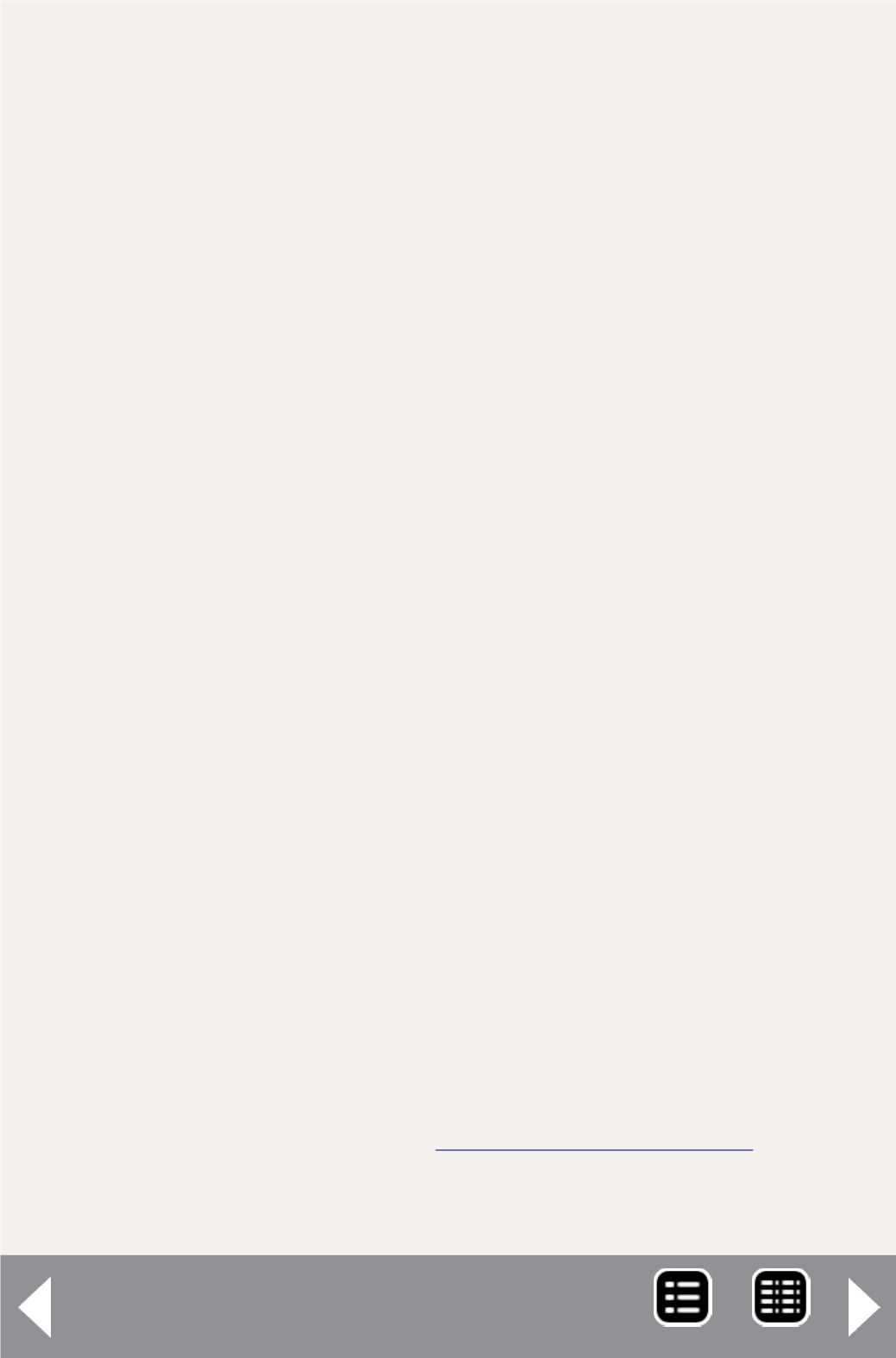
To finish the roof, I first apply a coat of Floquil Old Silver, and mix
in Bragdon’s Powders Black. The black paint pigment tones down
the silver to a more gray color, better representing galvanized
metal. I rough up the surface using an old toothbrush. I apply
this mixture several times until I get the appearance I want, then
seal everything with a sprayed coat of about 75% Dullcote and
25% Floquil Black.
After the roof is weathered to my satisfaction, I secure it to the
car with a few small dabs of CA and reinstall the coupler draft
gear and couplers. Polish the wheel treads with a Dremel tool,
spinning the wheelsets in the trucks using a Dremel No. 531
brush at about 5,000 rpm. I then secure and test the trucks
and wheels for interference, and then test the coupler height.
I lubricate the couplers with Kadee graphite and weather the
couplers with Bragdon’s Powders Brown.
To finish the model, I add a modified placard decal from the
Microscale 1940s Placard Decal set and place it on the car’s rout-
ing board (the small board near the bottom of the door). I apply
a few hand-drawn chalk marks using an artist’s white pencil and
seal them on the car with one light spray of Testor’s Dullcote. I
use a nice pencil from the “Stampin’ Up” company; you can find
one or one like it at a well-stocked scrapbooking store.
Finally, I declare the car complete and ready for service, sit back
and admire my creation, and have a cold beer to celebrate.
Conclusion
This is a fun and easy project, and I hope you enjoy making your
own cars. If you have any questions about this project, please
don’t hesitate to contact me at


